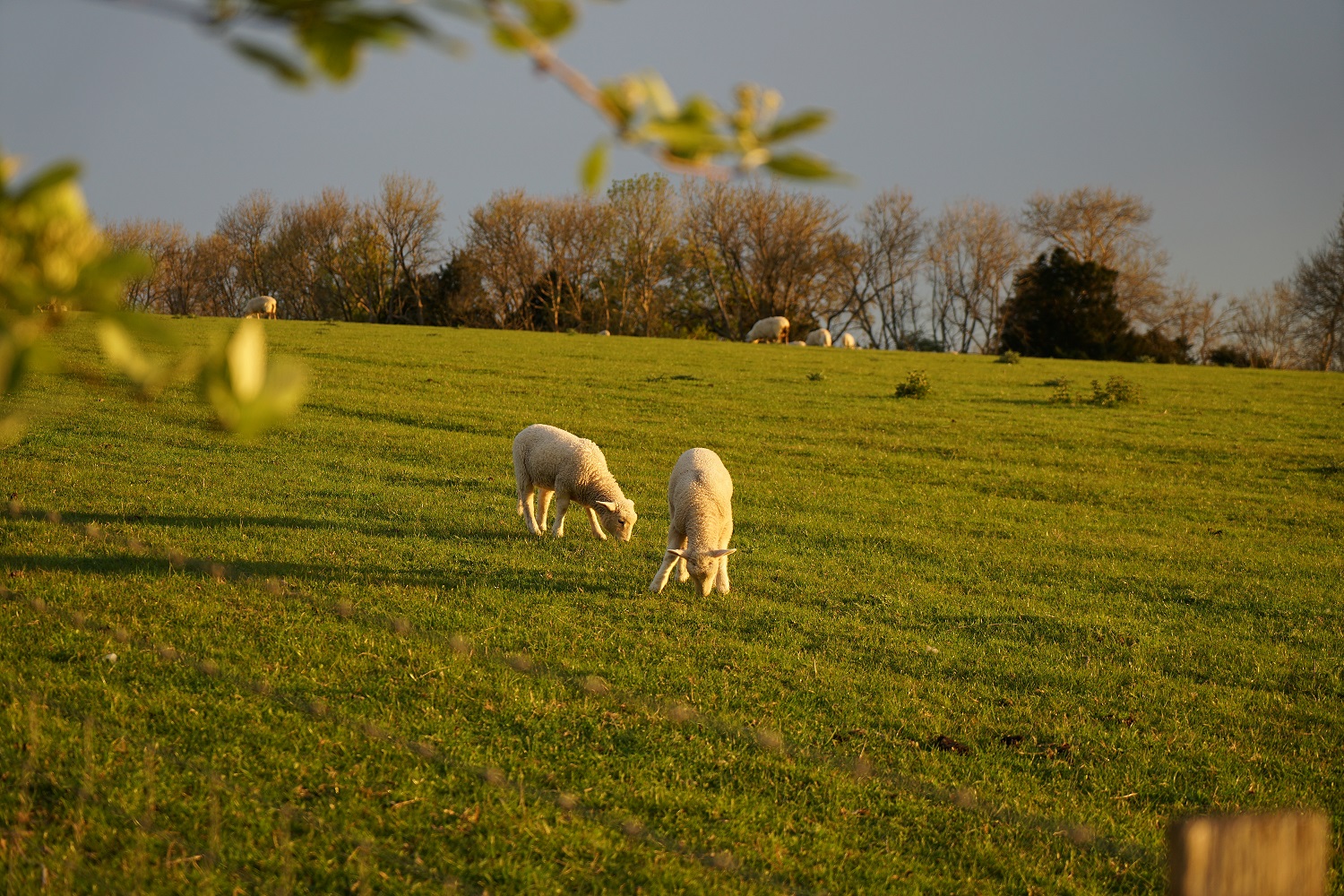Kangaroo Gait in Sheep

Densely stocked flocks at grass are particularly at risk of developing this condition.
We have received multiple reports of 'kangaroo gait' from holdings across Scotland in the last week. This poorly-understood neurological disease leads to forelimb weakness and a characteristic hopping hindlimb gait; signs consistent with radial nerve paresis.
The condition tends to manifest in more densely stocked flocks at grass, and seems to be more common in commercial crossbreeds*. It is possible that cases are under-reported in hill flocks where the signs may go undetected. Onset of disease most frequently occurs during lactation but it has been recorded in pregnant animals. A link with nutrition is therefore possible, but metabolic abnormalities have not been found in affected animals, so environmental or husbandry factors may also be significant.
These sheep can show signs for several weeks, but many go on to make a full and spontaneous recovery. It is not clear whether recovery is associated with or coincidental to weaning, and since the cause has not been established there is no specific treatment. However, supportive care should be provided as required: ensure these individuals have easy access to water and feed, and consider introduction of creep feed for the lambs.
If presented with such cases it is important to exclude other more common causes of gait disturbance, such as foot rot, laminitis or infectious arthritis. We would be interested to hear from vets in practice who have seen the condition this year.
*Clements AC, Mellor DJ, Innocent GT, Fitzpatrick JL. A descriptive study of 'kangaroo gait' in sheep in northern Britain. Prev Vet Med. 2003 Oct 15;61(2):147-56. doi: 10.1016/s0167-5877(03)00165-x. PMID: 14519343.
Posted by SRUC Veterinary Services on 21/05/2021
